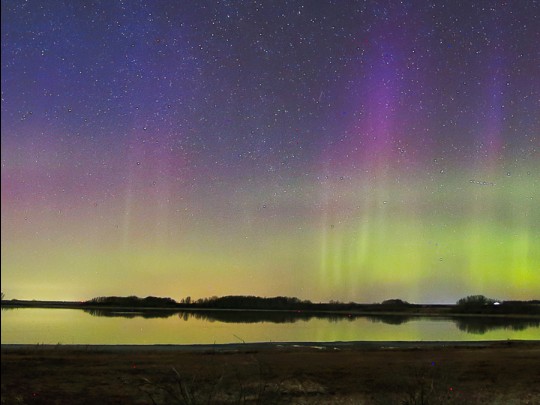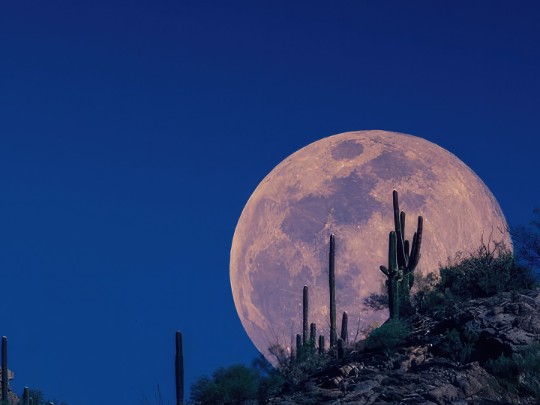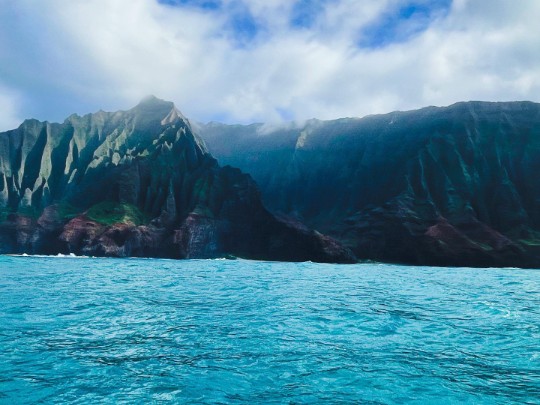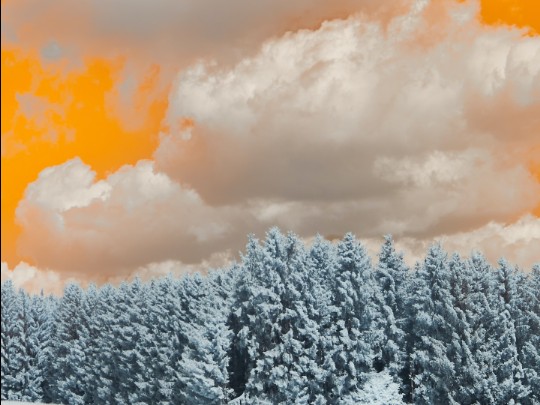Chasing the Northern Lights: An Unforgettable Aussie's Guide to Witnessing the Aurora Australis

There's something truly magical about witnessing the Aurora Australis, or Southern Lights. It’s a spectacle that has captivated humanity for centuries, a breathtaking dance of light across the night sky. While often associated with the Arctic, for those of us down under in Australia, experiencing this natural wonder is a unique and unforgettable adventure.
What are the Aurora Australis?
The Aurora Australis is the southern hemisphere's equivalent of the Aurora Borealis (Northern Lights). It's caused by charged particles from the sun interacting with the Earth's atmosphere. These collisions release energy in the form of light, creating the vibrant colours we see – predominantly greens, pinks, purples, and reds. The intensity and colour of the aurora depend on the type and density of the particles, as well as the altitude at which they collide.
Why is Seeing it Under a Starry Sky So Special?
Imagine this: a crisp, clear night, far from the light pollution of cities. Millions of stars twinkle overhead, constellations blaze across the sky, and then, suddenly, a shimmering curtain of light begins to ripple and flow. The starry backdrop amplifies the sense of wonder and scale. It transforms the aurora from a beautiful phenomenon into a truly cosmic ballet – a performance by the universe itself.
Best Viewing Locations in Australia
While the Aurora Australis isn't visible every night, and requires specific conditions (high solar activity and dark skies), there are several prime viewing locations in Australia:
- Tasmania: With its southern location and relatively low population density, Tasmania often offers the best chances. Cradle Mountain-Lake St Clair National Park and the southwest region are particularly favoured.
- Victoria: Areas in western Victoria, away from city lights, can also provide opportunities, though sightings are less frequent than in Tasmania.
- South Australia: The Flinders Ranges and other remote areas in South Australia offer dark skies and potential aurora sightings.
- New South Wales & Western Australia: Sightings are rarer but possible during periods of intense solar activity.
Tips for Aurora Hunting
- Check the Aurora Forecast: Websites and apps provide predictions of solar activity and aurora visibility.
- Find a Dark Location: Get as far away from city lights as possible.
- Be Patient: The aurora can be unpredictable. Be prepared to wait and scan the sky for extended periods.
- Dress Warmly: Aurora viewing often involves late nights in cold conditions.
- Bring a Camera: Capture the magic! A tripod and long exposure settings are essential.
Witnessing the Aurora Australis under a starry sky is more than just seeing lights in the sky; it's a deeply moving experience that connects you to the vastness of the universe. It's a reminder of the power and beauty of nature, and a memory that will last a lifetime.






